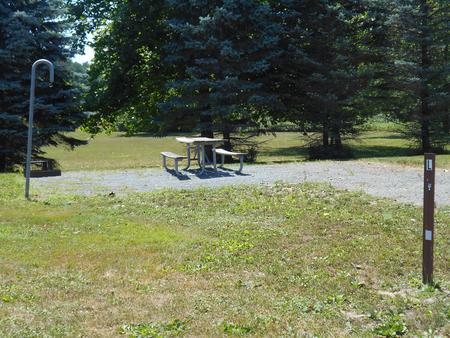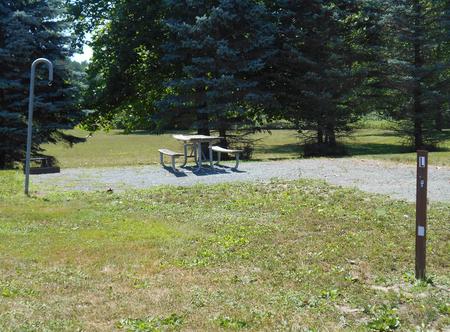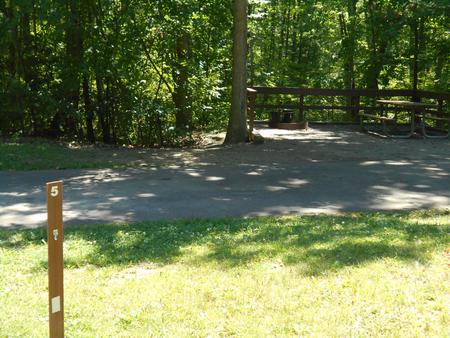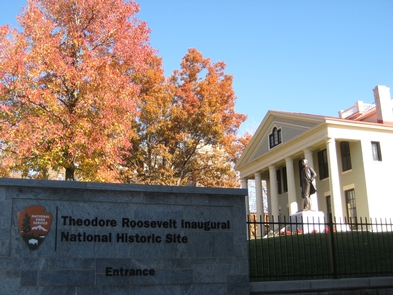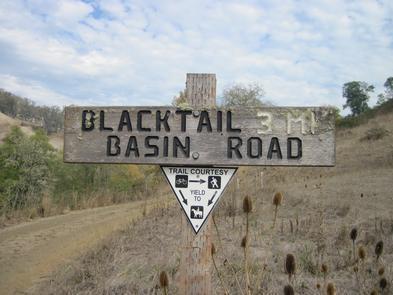Directions
Santa Clara/Land Hill Area of Critical Environmental Concern (ACEC) commonly known as Land Hill Heritage. Located in the west central portion of Washington County, it is directly southwest of the communities of Ivins and Santa Clara and east of the Shivwits Indian Reservation. The ACEC is incorporated in whole into the Santa Clara River Reserve and is served by two trailheads: Anasazi Valley and Tukupetsi (pronouced tookoo’puts).
Phone
435-688-3200
Activities
PHOTOGRAPHY
Camping Reservations
Reserve your campsite at these camping areas:
Hiking Trails
Looking for nice hiking areas to take a hike? Choose from these scenic hiking trails:
Related Link(s)
Land Hill Heritage Site The public is invited to visit the Santa Clara/Land Hill Area of Critical Environmental Concern (ACEC) commonly known as Land Hill Heritage. Located in the west central portion of Washington County, it is directly southwest of the communities of Ivins and Santa Clara and east of the Shivwits Indian Reservation. The ACEC is incorporated in whole into the Santa Clara River Reserve and is served by two trailheads: Anasazi Valley and Tukupetsi (pronouced tookoo’puts). Several trails lead visitors to evidence of prehistoric Ancestral Puebloan and Southern Paiute cultures. The lower reach of the Santa Clara River has been used and modified by humans for thousands of years. Evidence of different cultures is found throughout the ACEC in the form of habitation sites, special activity areas, and rock art localities. During the Formative Period (ca. 700 B.C. to A.D. 1200) the indigenous people (labeled by archaeologists as Ancestral Puebloans or Virgin Anasazi) became corn and bean farmers who irrigated their crops by diverting water from streams like the Santa Clara River. They constructed permanent village sites and produced fine quality ceramics. Populations living along the Santa Clara River appear to have increased between A.D. 700-1100 (Pueblo I-II), leaving abundant and tangible evidence of their presence on Land Hill, along the riparian corridor, and elsewhere in the area of the ACEC. After A.D. 1200, archaeological sites attributable to the Ancestral Puebloans become increasingly rare, suggesting that changing climatic conditions or other factors forced a change in lifestyle for these early farmers. During the Late Prehistoric and Protohistoric Periods (after approximately A.D.1200-1800), the only indigenous people who permanently occupied the region were the Southern Paiute. At springs and along the stream channels, they, too, practiced small-scale farming. Hunting and gathering of native plants were also important in the economic adaptations of the early Southern Paiute. The Shivwits Band of Southern Paiute continue to make the banks of the Santa Clara their homeland. Permanent agricultural settlements were established by Mormon pioneers along the Santa Clara River during the mid-19th Century. These settlements often displaced the Southern Paiute who had traditionally cultivated the same lands along the river. The early Mormon settlers of southern Utah used the nearby canyons and hills in the area. Several geographic features still bear the names given to them by those early residents: Big Rock, The Gate Rocks, and Cove Wash.

